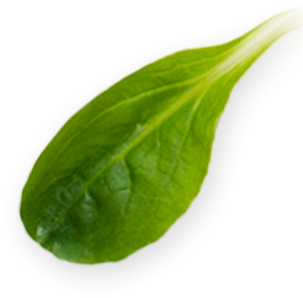What are the Characteristics of Chandler Walnut Trees?
The Chandler walnut tree is a popular walnut variety known for its high yield and resistance to diseases. This blog explores the characteristics of Chandler walnut trees in detail.

The Chandler walnut tree is a popular walnut variety known for its high yield and resistance to diseases. This blog explores the characteristics of Chandler walnut trees in detail.

The Chandler walnut tree is one of the most popular commercial walnut varieties globally. Originating from the USA, this walnut type is known for its thin shell, high productivity, and resistance to diseases. With a kernel whiteness ratio of 90-100%, it is ideal for both fresh and dry consumption. Below, you can explore the detailed characteristics of the Chandler walnut tree.
"With proper care, a Chandler walnut tree can produce 15-20 kg of nuts per tree by the age of 6-7 years, making it a highly profitable investment."
The Chandler walnut tree is capable of bearing fruit on lateral branches, enhancing its productivity. It requires 700 chilling hours during winter, typically achieved in climates with temperatures below +7.5°C.
The Chandler walnut tree is less affected by late spring frosts compared to local varieties. However, early autumn frosts pose a risk, making proper watering and fertilization crucial. Planting away from riverbeds is also recommended.
Chandler walnut nuts have a thin shell and smooth texture. Each nut weighs approximately 6.5 grams, with a total kernel-to-shell ratio of 52-55%. Harvested in late September, Chandler walnuts are highly valued commercially.











